Have you ever wondered where you can find Montana’s enchanting winter wonderlands?
In this article, we’ll take you on a captivating journey to places in the state that boast the most spectacular snowfall.
From the snowy Cooke City to the wintry charm of Montana’s largest city, Billings, we’ll dive into the snowfall levels of these regions.
- Related article: Residing in Montana
But winter in the state isn’t just about the snowfall totals. It’s about experiencing the cold of the season and reveling in the charms it brings.
Whether you’re a winter sports enthusiast or simply in search of a magical winter escape, Montana’s snowiest places have got you covered.
Are you excited to embark on this snow-filled journey? Get ready for an adventure you won’t forget!
Montana’s Intense Cold and Snowfall

Montana’s winter season is not for the faint of heart.
As the temperatures plummet to astonishingly low levels, this icy wonderland transforms into a realm of bitter cold and snow-laden landscapes.
From early November to March, Montana experiences a bone-chilling cold that ranges between -10°F (-23°C) to a mind-numbing -50°F (-45.6°C), making it one of the coldest places in the United States.
If you think that’s chilly, wait until you hear about the state’s record-breaking cold.
A piercingly cold -70°F (-56.7°C) – the coldest temperature recorded in the contiguous U.S. – was once documented in Montana’s Rogers Pass.
This mountain pass is situated on the Continental Divide near Helena National Forest.
Aside from the state’s frigid temperatures, another element that defines its winter weather is the abundance of snowfall.
With an average of 49 inches of snow annually, The Treasure State exceeds the national average of yearly snowfall in the United States, which stands at 28 inches.
The effects of this generous snowfall are evident in the winter wonderlands that blanket the state, creating a picturesque scenery that will leave you breathless.
If you’re up for braving the cold and immersing yourself in the snowy embrace of Montana, prepare to witness the true power of winter.
Montana Places That Get the Most Snow
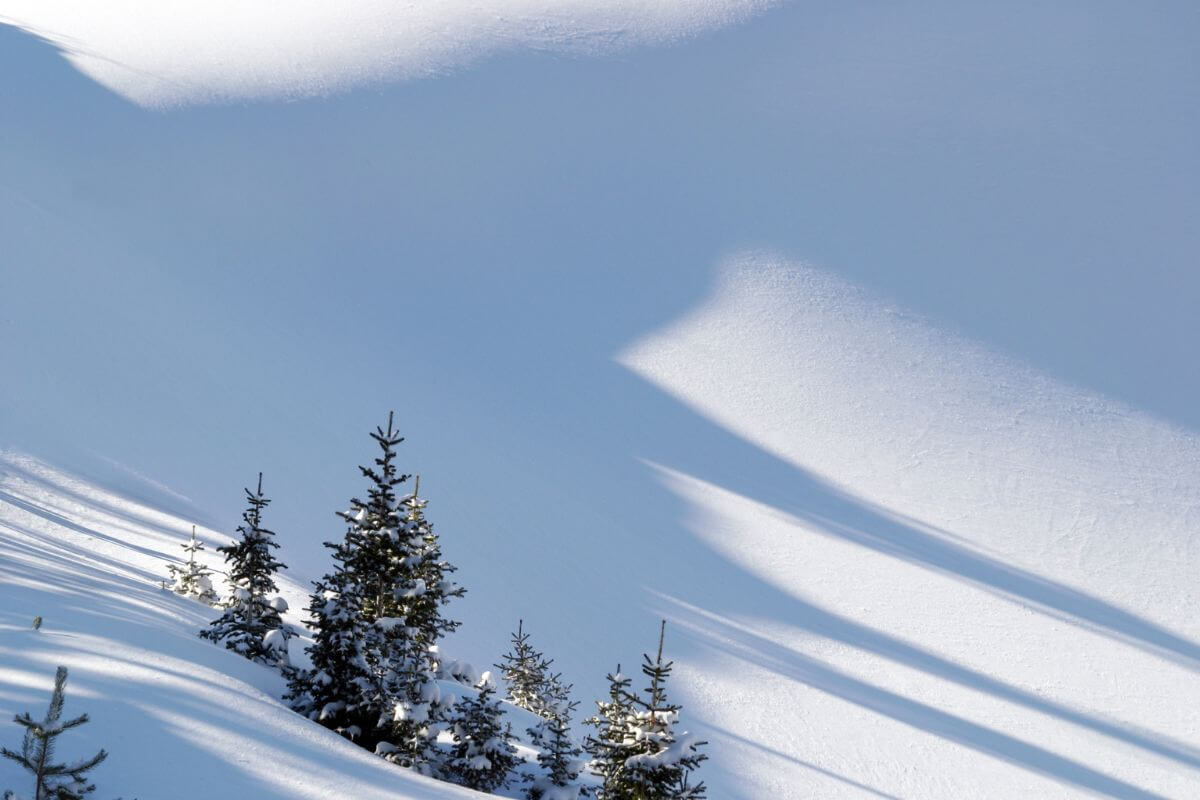
From the picturesque town of Cooke City to the enchanting city of Kalispell, these destinations are known for their spectacular winter charms and legendary snow records.
Let’s take a closer look at each.
1. Cooke City

Cooke City, Montana is a census-designated area and is renowned as the snowiest town in the state.
With a population of only 140 based on the 2020 U.S. Census, this quiet and unassuming place defies expectations, attracting winter enthusiasts from far and wide.
What makes Cooke City truly special is its staggering average snowfall, which ranges from around 195 to over 200 inches per year.
Picture yourself surrounded by a winter wonderland, with snow-covered rooftops and trees stretching as far as the eye can see.
It’s a dream come true for skiers and snowboarders who crave fresh powder and exhilarating slopes.
Located within close proximity to the majestic Yellowstone National Park, Cooke City is not only a winter haven but also a popular tourist attraction.
Yellowstone visitors often make a delightful stop here to immerse themselves in the outdoor winter activities it has to offer.
Beyond the slopes, there are plenty of outdoor recreational activities to keep you entertained in Cooke City.
From ice fishing on serene frozen lakes to thrilling snowmobiling adventures and peaceful snowshoeing treks, there’s something for everyone craving a winter adventure.
2. Billings
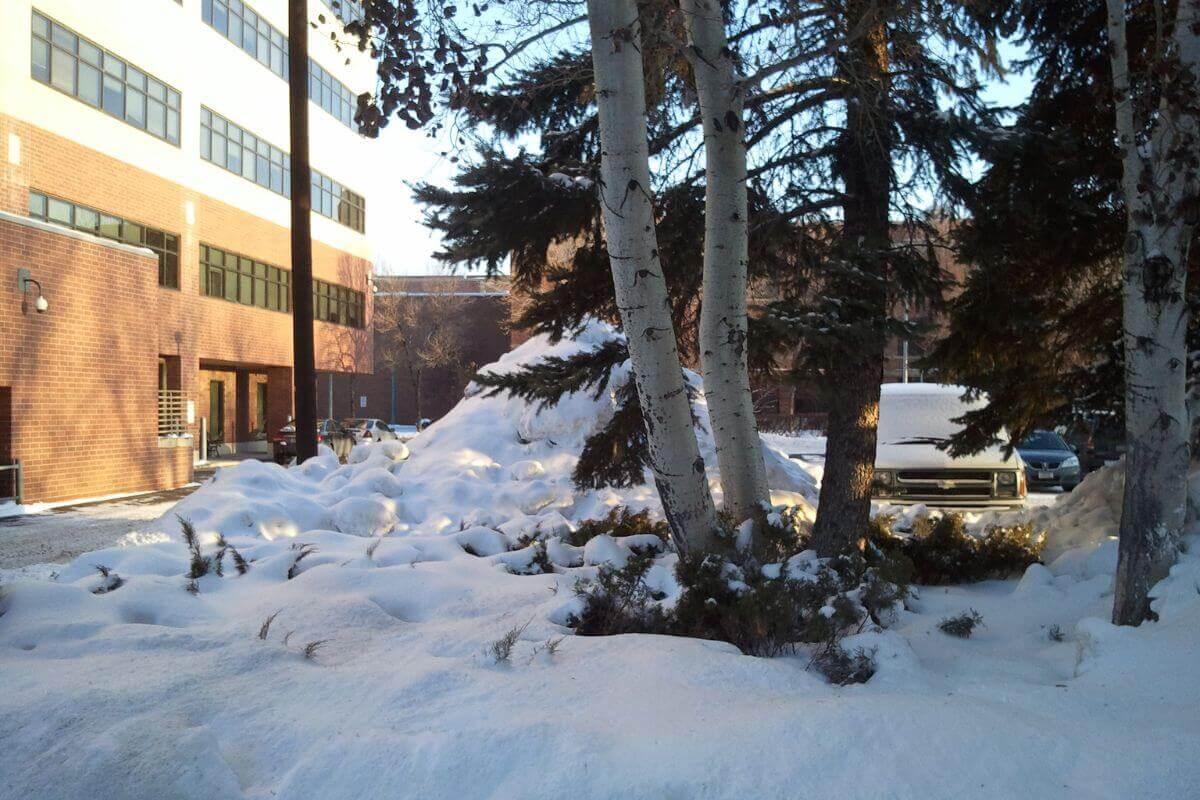
Billings may not be the snowiest place in Montana but it still experiences its fair share of winter charm.
With a population of 119,960 according to the 2022 Census, the city is embraced by winter enthusiasts for its charming scenery and yearly snowfall of 57.4 inches.
But do you know what makes the city truly intriguing?
Billings, Montana experienced a remarkable snowfall on December 31, 1955, accumulating a staggering 126.9 inches in a single day, ranking among the highest recorded snowfalls.
Can you imagine being surrounded by that much fluffy snow?
Despite these remarkable snowfall records, the city is typically a relatively chilly place by Montana standards.
While winters may be cold, it’s not as snowy as some of the other places on this list.
Nonetheless, Billings offers a unique winter experience, with its own set of winter charms and activities for tourists to enjoy.
3. Bozeman
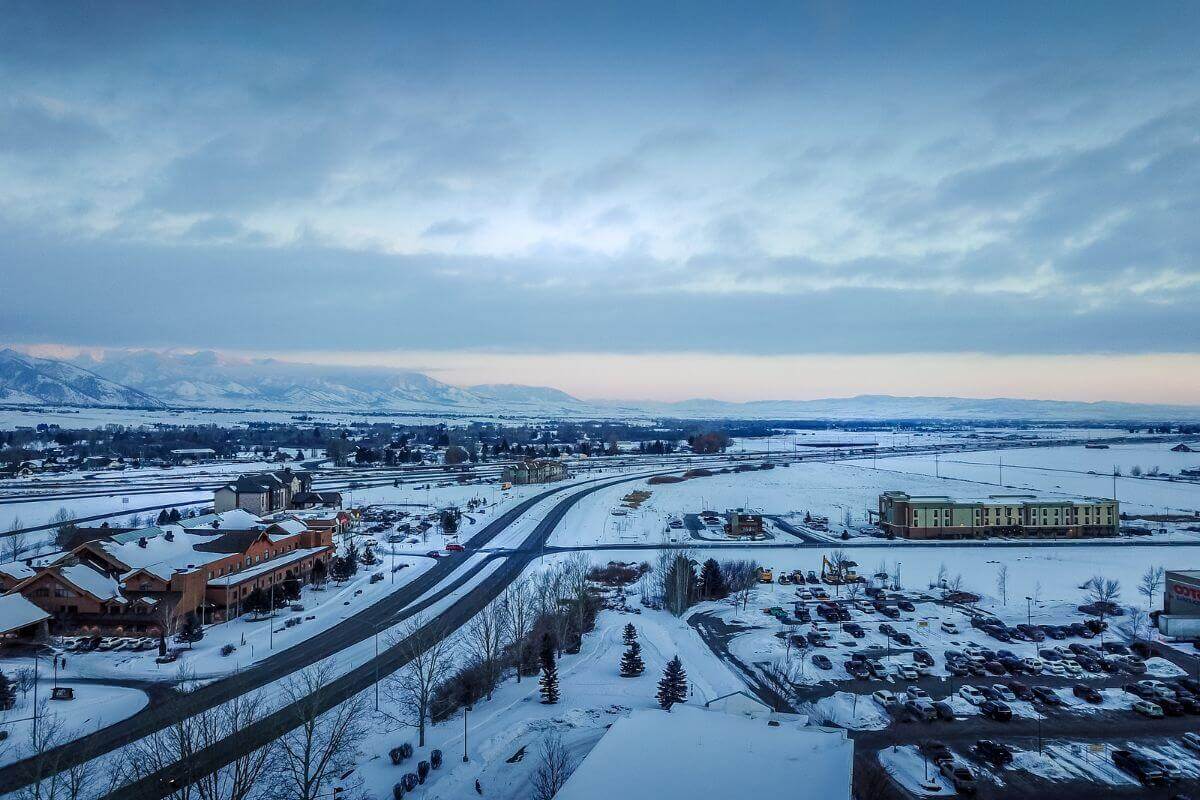
Bozeman, Montana, a city nestled in the breathtaking landscapes of the state, is no stranger to the winter wonders that come with its location.
With an average annual snowfall of 91.3 inches, the city is a snowy paradise that attracts winter enthusiasts from all over.
Surrounded by popular ski resorts like Bridger Bowl and Big Sky Resort, Bozeman is an ideal destination for families seeking the thrill of skiing.
For those who prefer gliding on ice rather than snow, it offers charming ice rinks where you can lace up your skates and twirl to your heart’s content.
But don’t be fooled by Bozeman’s heavy snowfall – it doesn’t make the city any less family-friendly.
In fact, it adds to the enchantment and charm of its winter season.
Imagine building snowmen, having snowball fights, and sipping hot cocoa by the fireplace.
Bozeman is a city that knows how to embrace the magic of winter.
4. Whitefish
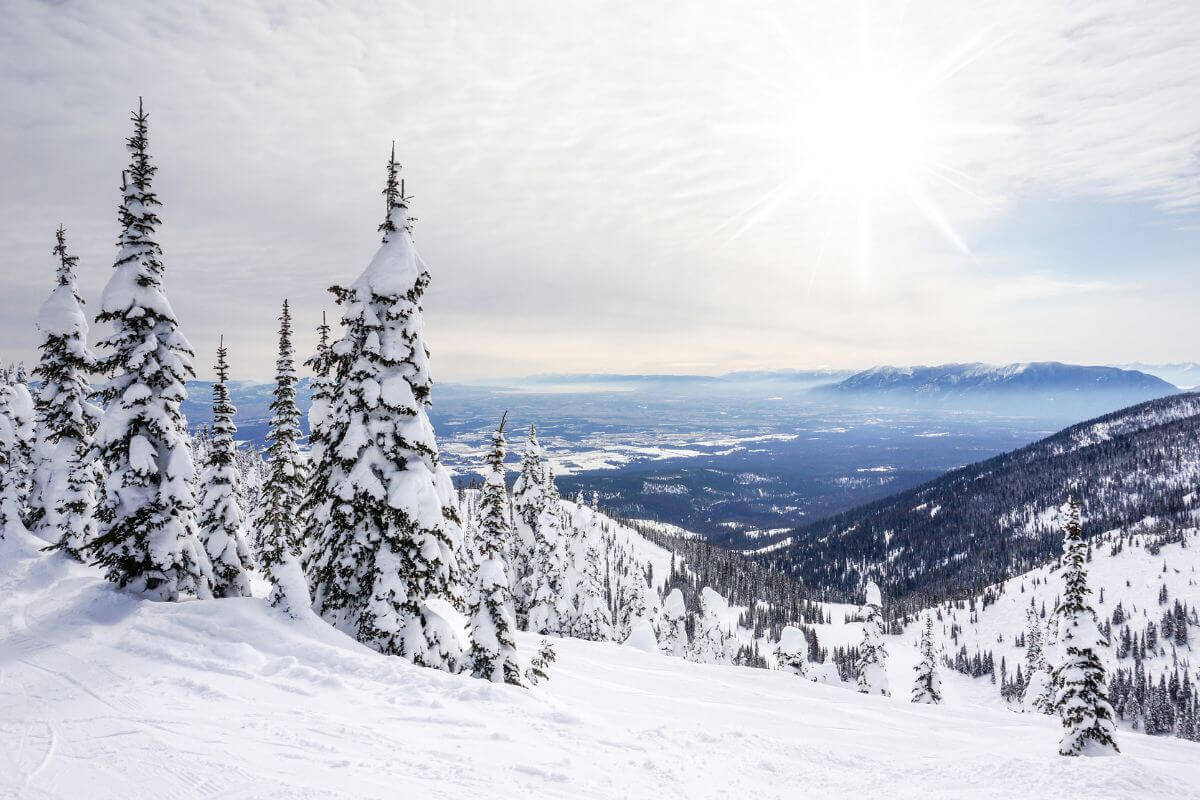
With an average annual snowfall of around 63 inches, Whitefish is a true paradise for snow enthusiasts.
The city is home to the renowned Whitefish Ski Resort, where you can experience exceptional skiing on its world-class slopes.
From thrilling downhill runs to serene cross-country trails, there’s something for every level of skier. The resort also offers night skiing, allowing you to enjoy the snow all day and into the evening.
But Whitefish isn’t just about skiing.
During the snow melt, the area becomes a prime destination for fishing.
Whitefish offers a unique winter adventure that combines the thrill of angling with the stunning beauty of a snow-covered landscape.
Aside from its snow-filled activities, the city also boasts excellent lodging facilities.
After a day of outdoor exploration, relax by the fireplace or soak in a hot tub, all while surrounded by the breathtaking winter scenery.
Whitefish truly offers a winter experience like no other. So pack your winter gear and embrace yet another of Montana’s snowiest places.
5. Lewistown
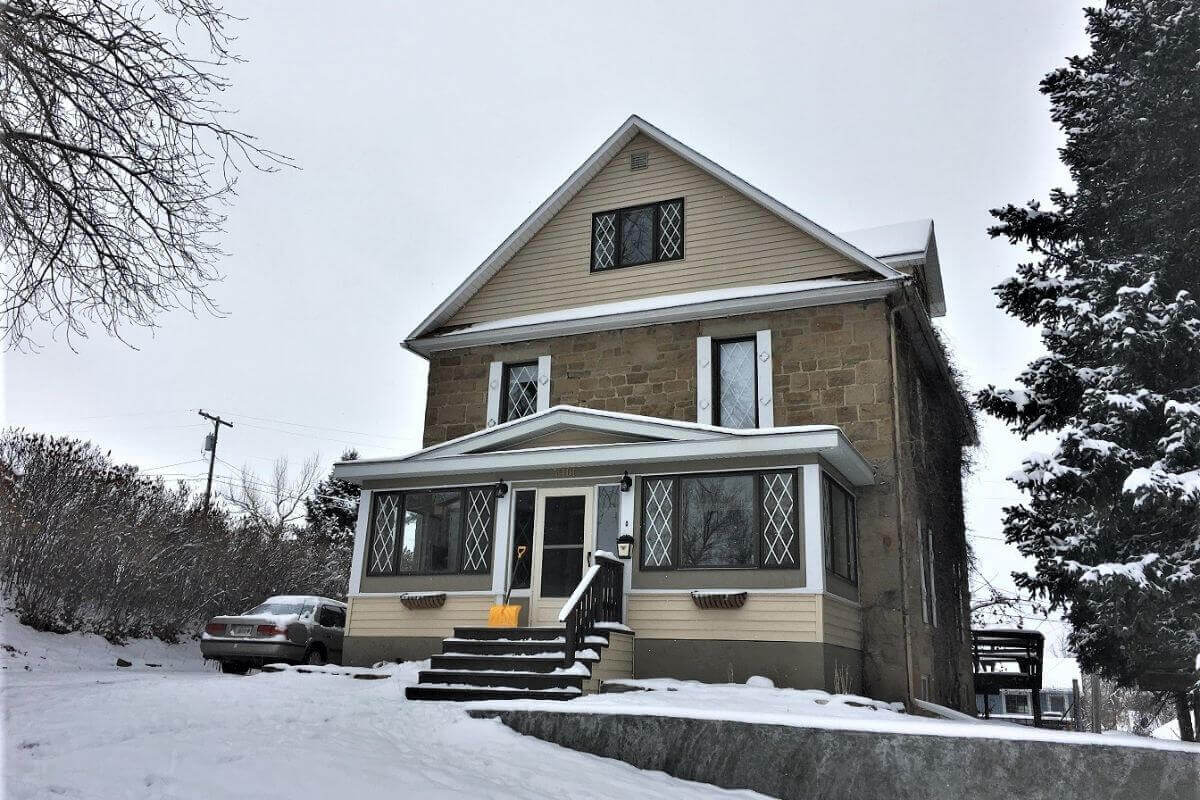
Lewistown, with its semi-arid climate, is a charming city in Montana that experiences cold winters and warm summers.
That makes it the perfect destination for those seeking a change of scenery in every season.
During the winter months, the city transforms into a winter wonderland, with snow blanketing the landscape in a picturesque white.
Lewiston’s average annual snowfall sits at 73.3 inches, creating a stunning backdrop for outdoor activities and winter adventures.
Whether you’re a snow sports enthusiast or simply enjoy the mesmerizing beauty of a snowy landscape, the place has something to offer.
Apart from its snowy charm, Lewistown is renowned for the Yoggo Sapphires, gemstones mined near the area that have captured the fascination of gem enthusiasts.
This unique feature adds an air of mystique to the city, attracting those seeking to explore the wonders of these precious stones.
The city is also known for its family-friendly neighborhoods, where you can find the perfect place to call home amid the backdrop of snow-covered landscapes.
If you’re the type of person who relishes the cold and appreciates the beauty of a snow-covered destination, Lewistown is the perfect stop for you.
6. Livingston
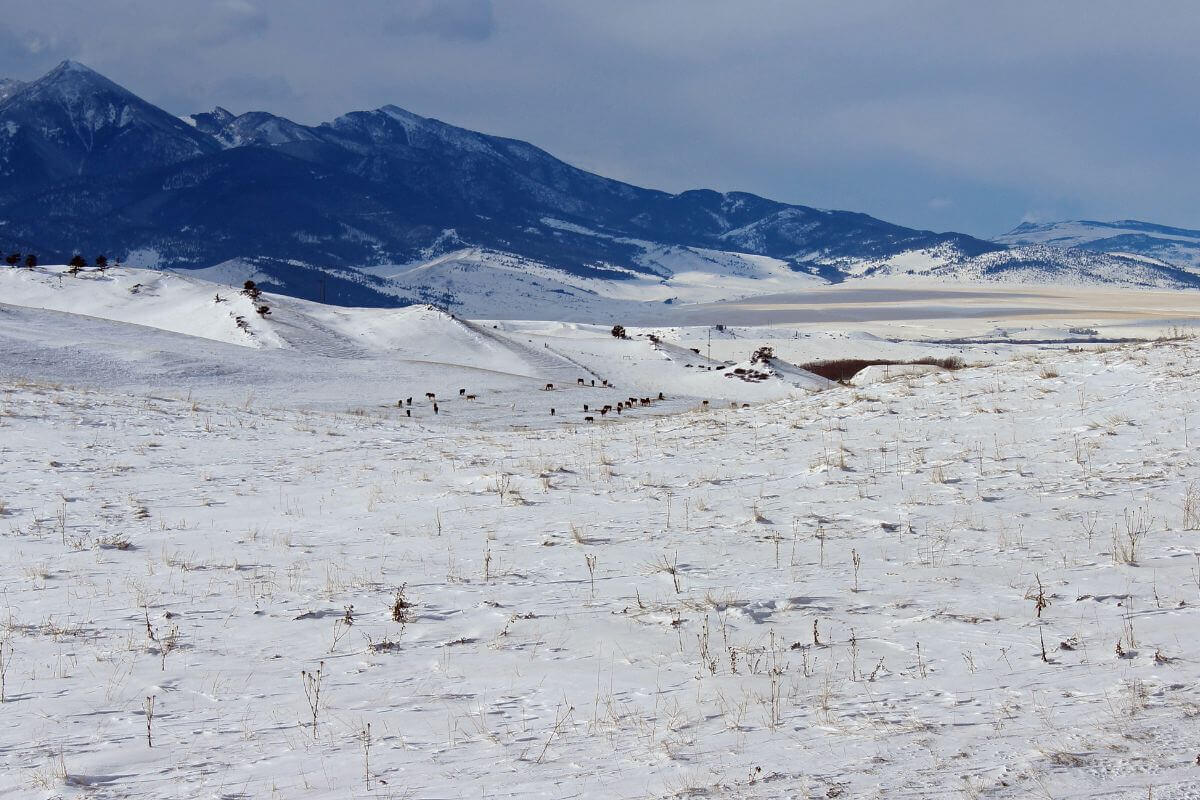
Livingston, situated between the breathtaking Crazy and Absaroka Ranges, is one of the snowiest places in southwestern Montana.
With an average of around 53 inches of snow per year, it surpasses the national average of 28 inches by a landslide.
This ample amount of snow makes Livingston a popular tourist spot for those who crave winter recreational activities.
From skiing down the powdery slopes to snowmobiling across the pristine landscapes, this city offers a winter wonderland for outdoor enthusiasts.
Not only are the opportunities for winter sports aplenty, but Livingston also boasts an abundance of trails just outside of town.
These trails provide a stunning backdrop for those seeking a peaceful winter trek or a snowed-in adventure.
However, it’s important to note that Livingston does experience harsh winter conditions.
So, if you plan to visit this snowy haven, be sure to dress warmly and come prepared for the cold.
7. Laurel
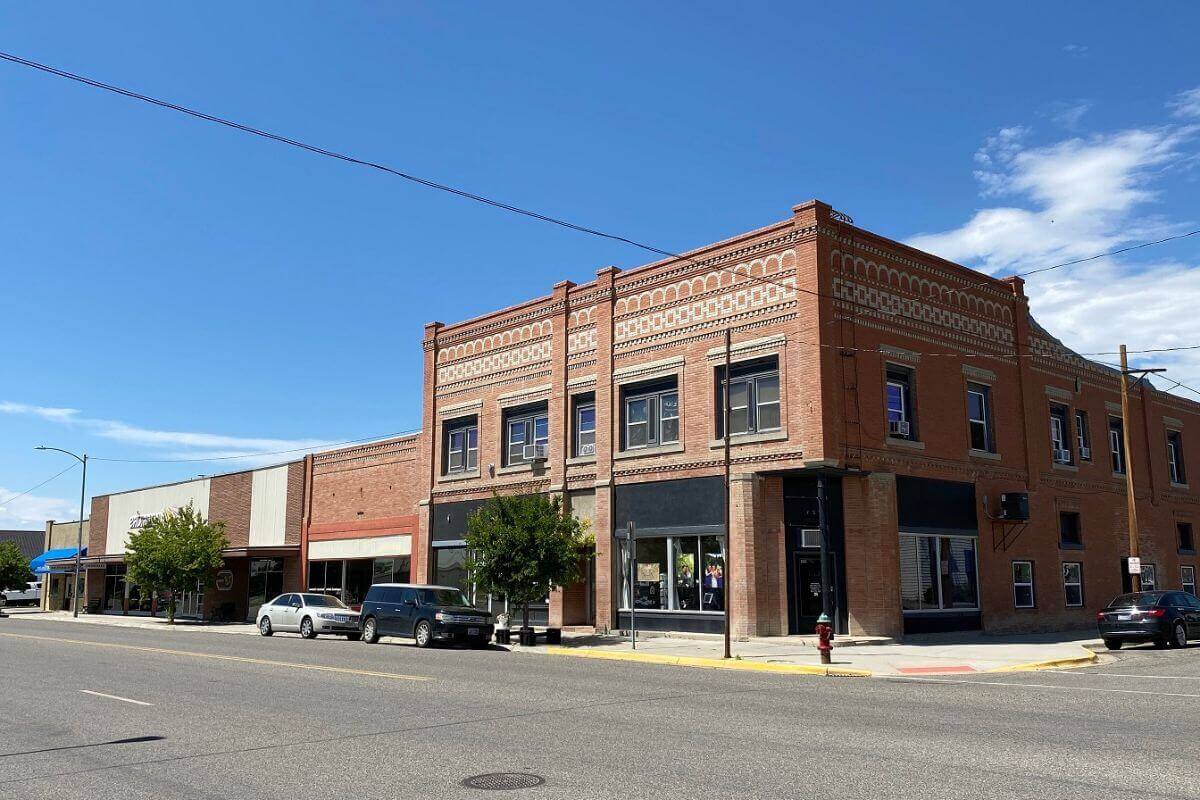
As the largest Montana city that is not a county seat, Laurel has established itself as a vibrant and thriving community.
But what truly sets it apart from the rest?
Well, for starters, it boasts an average annual snowfall of 50.1 inches.
This means that winter in Laurel is a sight to behold, with the town transforming into a winter wonderland.
Imagine gas street lamps illuminating the snowy streets, creating a picturesque and magical scene that will leave you in awe.
In fact, Laurel was supposedly the first city in Montana to have these gas street lamps, adding to its historical charm.
Aside from the snowy landscapes, Laurel is also known for its warm and welcoming faces.
The city’s naturally cold nature is offset by the friendly locals who greet you with open arms.
And when it comes to food choices, Laurel has a variety of options to satisfy any palate. From cozy cafes to charming restaurants, you’ll find yourself spoilt for choice.
If you’re looking for a winter destination that offers both natural beauty and a warm community, look no further than Laurel.
8. Anaconda-Deer Lodge County
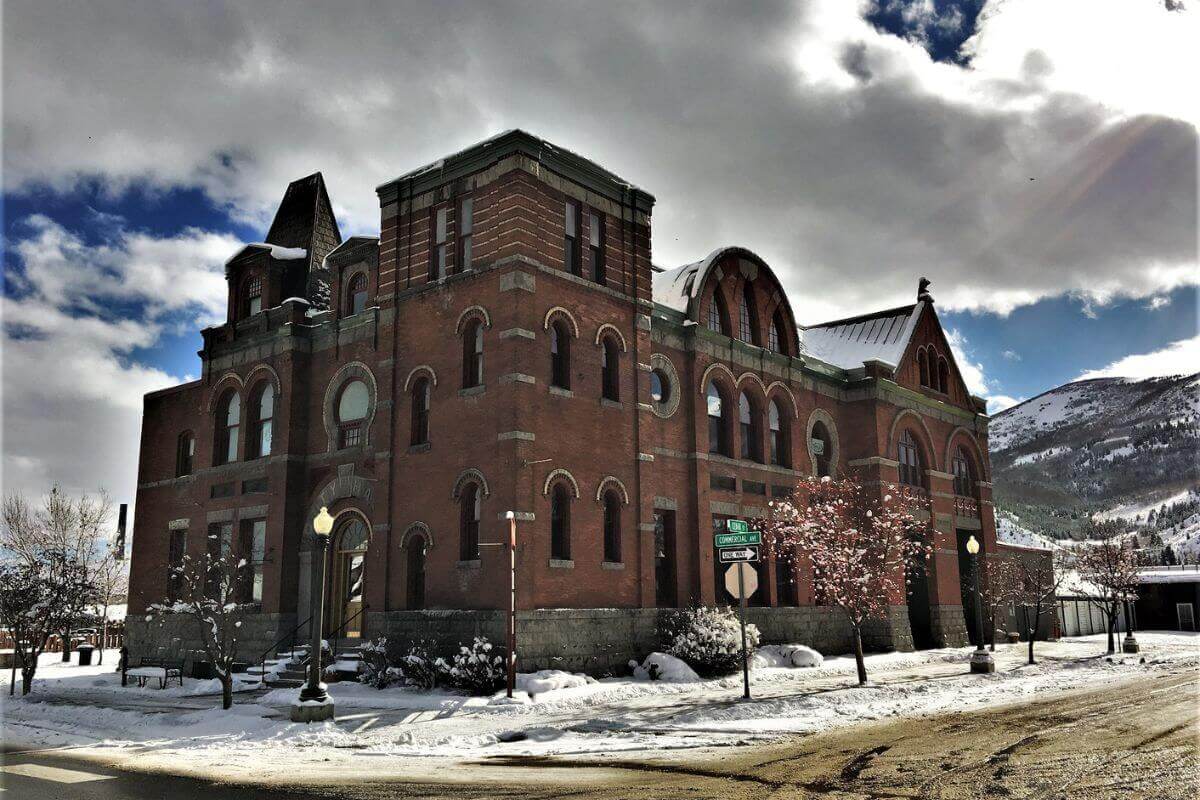
Anaconda-Deer Lodge County is Montana’s hidden gem that gets an average annual snowfall of 75.1 inches.
But it’s not just the amount of snow that sets Anaconda-Deer Lodge County apart.
This charming place has a rich history that dates back to the 1800s when it was a thriving copper mining town.
Its residents grew up around mining-related jobs, creating a melting pot of cultures and a colorful, tightly-knit community.
If you choose to visit Anaconda-Deer Lodge County, you’ll not only be surrounded by breathtaking snowy landscapes, but you’ll also have the opportunity to learn about its fascinating mining past.
Imagine exploring old mine shafts, visiting historic mining sites, and immersing yourself in the stories that have shaped this unique community.
Get ready to be captivated by this snowy place in Montana that immerses you in the rich history and natural wintry beauty.
9. Kalispell
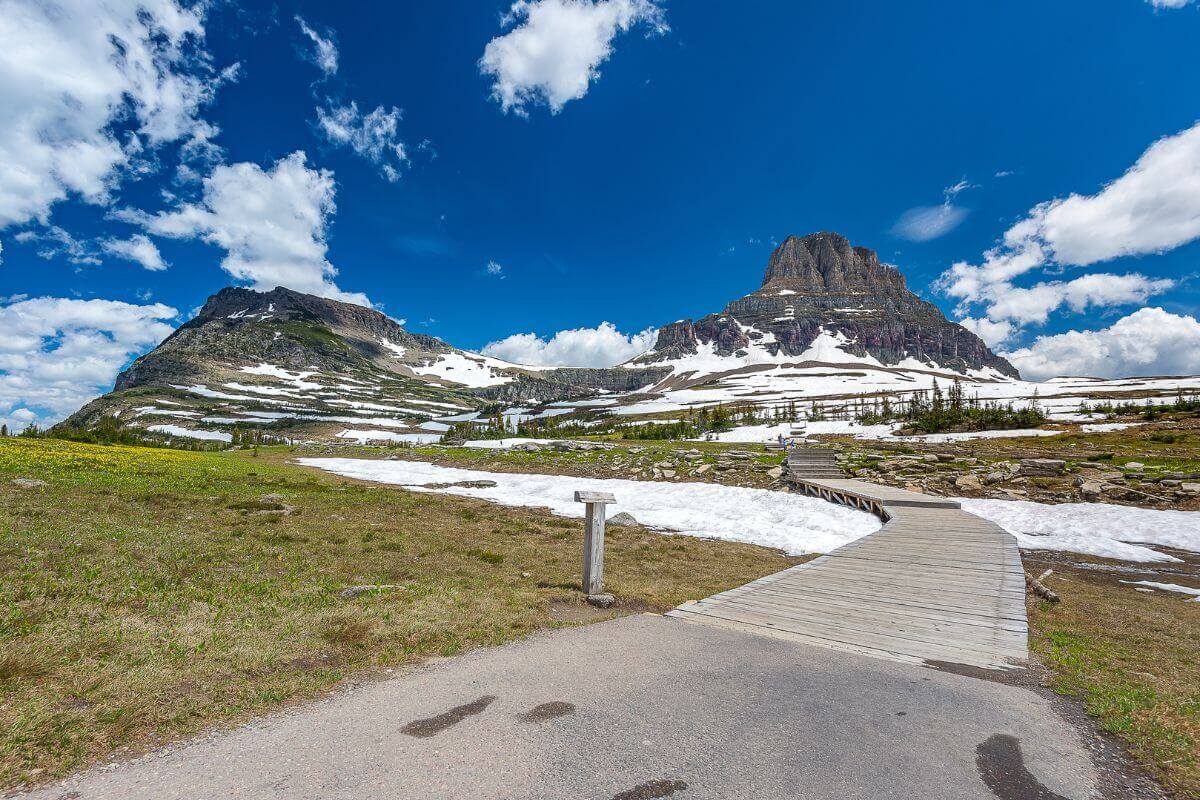
Kalispell, a picturesque city nestled in the heart of Montana, experiences an average annual snowfall of 54.4 inches.
Here’s one cool fact about Kalispell, Did you know? Kalispell is one of the fastest growing cities in Montana. It has the fastest growth rate by population in the State. It is also a gateway to Glacier National Park.
With its close proximity to the breathtaking Glacier National Park, it’s no wonder why this snowy paradise attracts tourists from far and wide during the winter months.
Sure, winters in the city can be bone-chillingly cold, but the magical scenery that comes with the heavy snowfall more than makes up for it.
A world painted in white greets you as you step outside to enjoy Kalispell.
It’s a playground for winter enthusiasts and offers endless opportunities for outdoor adventures.
Whether it’s to experience the awe-inspiring beauty of Glacier National Park or immerse yourself in the city’s winter scenery, Kalispell has you covered.
10. Evergreen
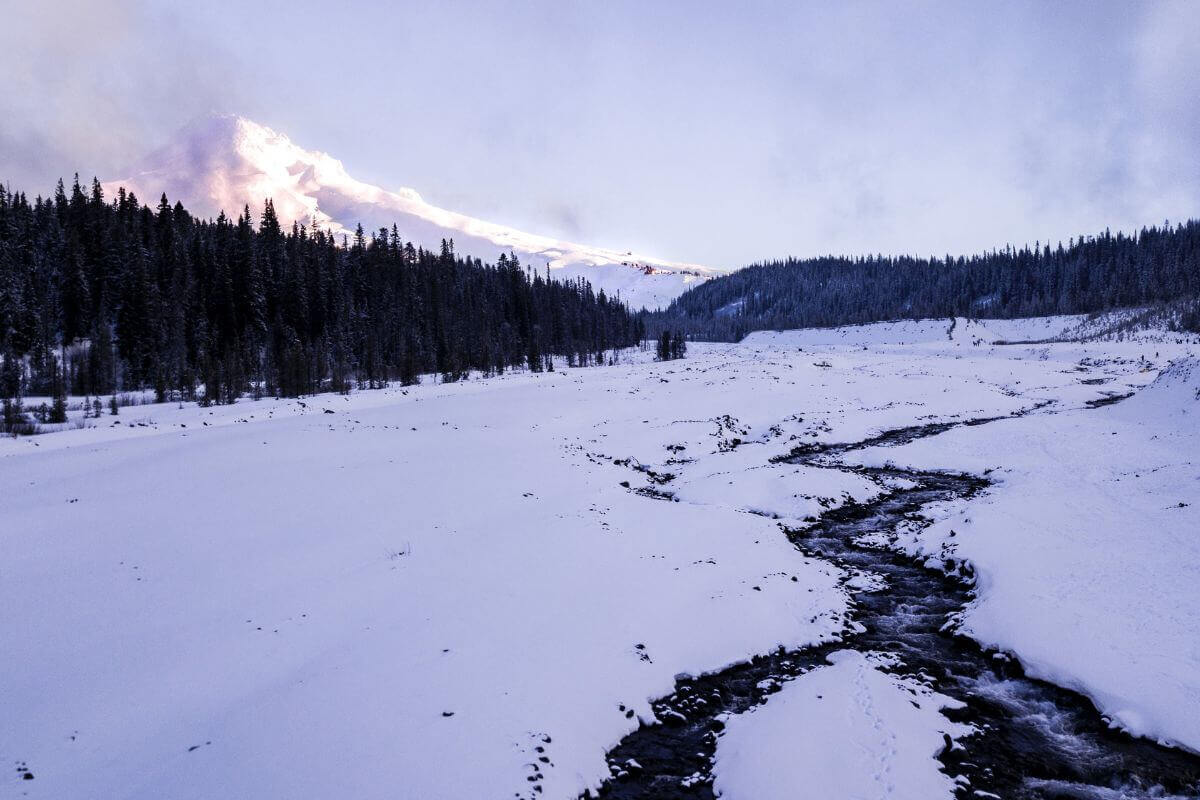
Evergreen, Montana, nestled near Flathead County, has an average annual snowfall of 55 inches.
Yes, it’s a snowy place, but that’s not the only thing that makes it interesting.
This census-designated place holds a modest population of just over 8,000 people according to the 2020-2022 Census estimates.
That makes it the ideal destination for those seeking a peaceful winter retreat.
Evergreen sits close to Kalispell, another snowy spot in Montana, enhancing its snowy charm even more.
The captivating winter landscapes of Kalispell attract tourists from various places, inviting them to experience the charm of these snow-covered scenes.
Embrace the cold weather and venture along the snowy trails of Evergreen, making memories that will bring warmth to your heart for years.
11. Great Falls
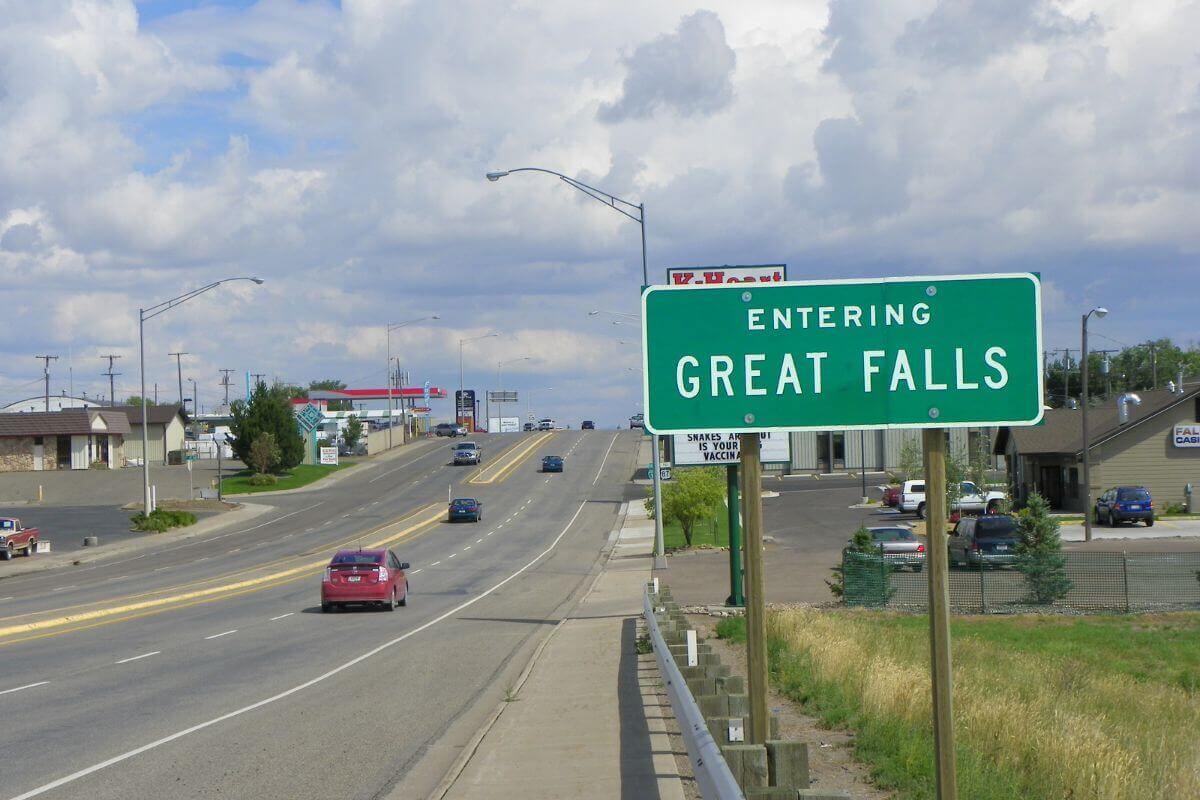
Situated towards the center of Montana, Great Falls offers a scenic view of the stunning Rocky Mountain Front.
With an average snowfall of 66.1 inches, the city is a winter wonderland that will leave you in awe.
If you’re a fan of skiing, then Great Falls is the place for you.
The Showdown Ski Area, located southeast of Great Falls, is a beloved destination for local skiers and attracts around 50,000 skier holidays per season.
And if that’s not enough, the Great Divide Ski Area, just 18.6 miles from Montana’s capital city of Helena, boasts the longest ski season in the state.
But before you plan your winter adventure in Great Falls, Montana, make sure to pack warm clothes and layer up.
The cold winters here are not for the faint-hearted.
With chilling temperatures and heavy snowfall, you’ll need to be prepared to face the elements.
Marvel at the stunning Rocky Mountain Front, ski to your heart’s content and immerse yourself in the charm of a common winter in beautiful Great Falls.
Montana’s Annual Average Snowfall: East vs West
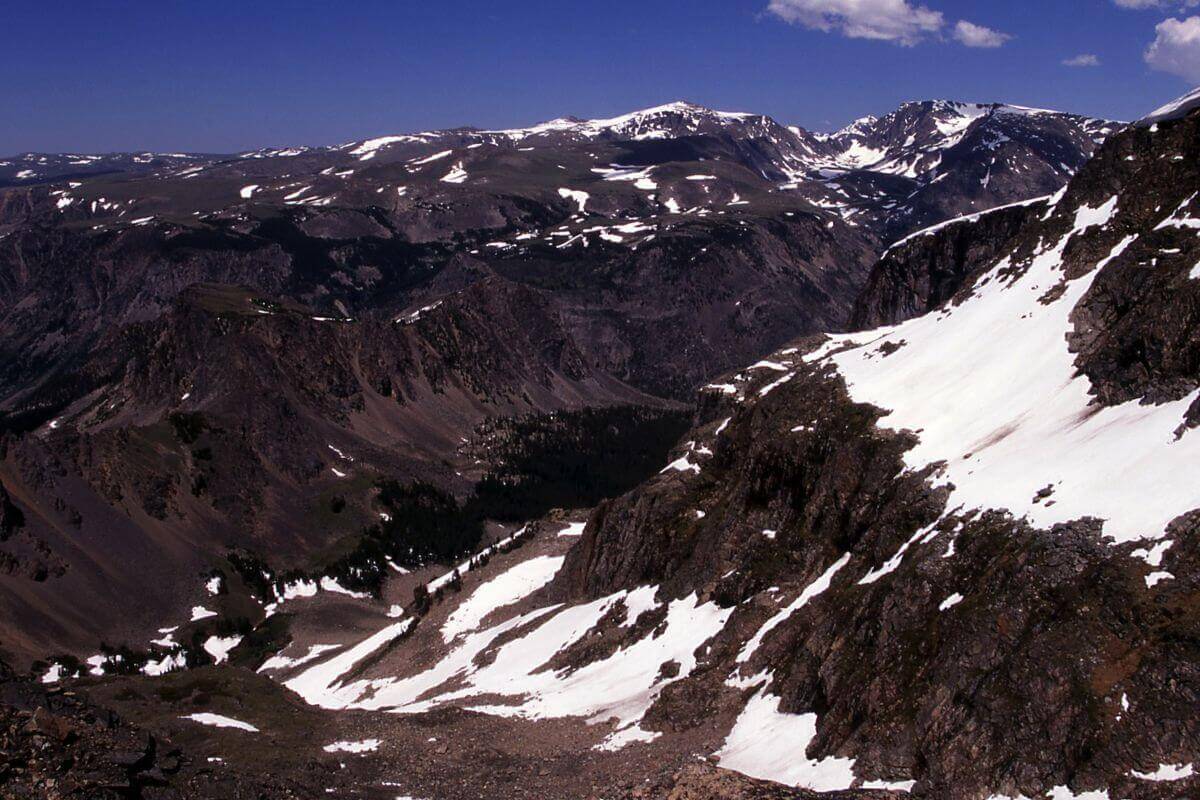
When it comes to the annual average snowfall in Montana, there is quite a stark difference between the eastern and western regions.
In the western part of the state, where the majestic Rocky Mountains dominate the landscape, snowfall amounts are significantly higher.
On the other hand, Eastern Montana generally receives less snowfall compared to its Western counterpart.
This disparity in snowfall can be attributed to the higher mountains in the west, which act as a barrier to cold air masses trying to reach the eastern region of the state.
As a result, the western part of Montana enjoys more intense winter conditions and heavier snowfall.
| Region | Location | Days of Snow | Inches of Snowfall |
| Northwestern Montana | Kalispell | 41.4 | 54.4 |
| Libby | 24.2 | 48.2 | |
| Missoula | 40.1 | 43.0 | |
| Seeley Lake | 59.2 | 118.9 | |
| West Glacier | 54.6 | 115.2 | |
| Whitefish | 35.1 | 63.1 | |
| Southwestern Montana | Anaconda | 47.7 | 75.1 |
| Bozeman | 54.1 | 91.3 | |
| Dillon | 6.1 | 11.2 | |
| Hebgen Lake Dam | 51.2 | 177.2 | |
| Helena | 28.1 | 37.2 | |
| Sula | 59.3 | 88.4 | |
| Virginia City | 33.3 | 64.7 | |
| South-Central Montana | Bighorn Lake, Yellowtail Dam | 11.1 | 43.9 |
| Billings | 38.8 | 57.4 | |
| Cooke City | 90.8 | 213.1 | |
| Mystic Lake | 59.9 | 192.7 | |
| Red Lodge | 39.4 | 141.9 | |
| Eastern Montana | Glasgow | 36.2 | 43.7 |
| Glendive | 18.8 | 22.6 | |
| Great Falls | 45.3 | 66.1 | |
| Havre | 31.0 | 41.0 | |
| Lewistown | 41.5 | 112.1 |
It is important to note that heavy snowfall can still occur in any part of Montana during December.
So even though Eastern Montana generally receives less snow, don’t be surprised if a winter storm blankets the region with a thick layer of snow.
Whether you prefer the winter charms of the West or the slightly milder conditions in the East, the state offers plenty of opportunities to experience the magic of a snowy winter wonderland.
Montana’s Snowiest Places Final Thoughts
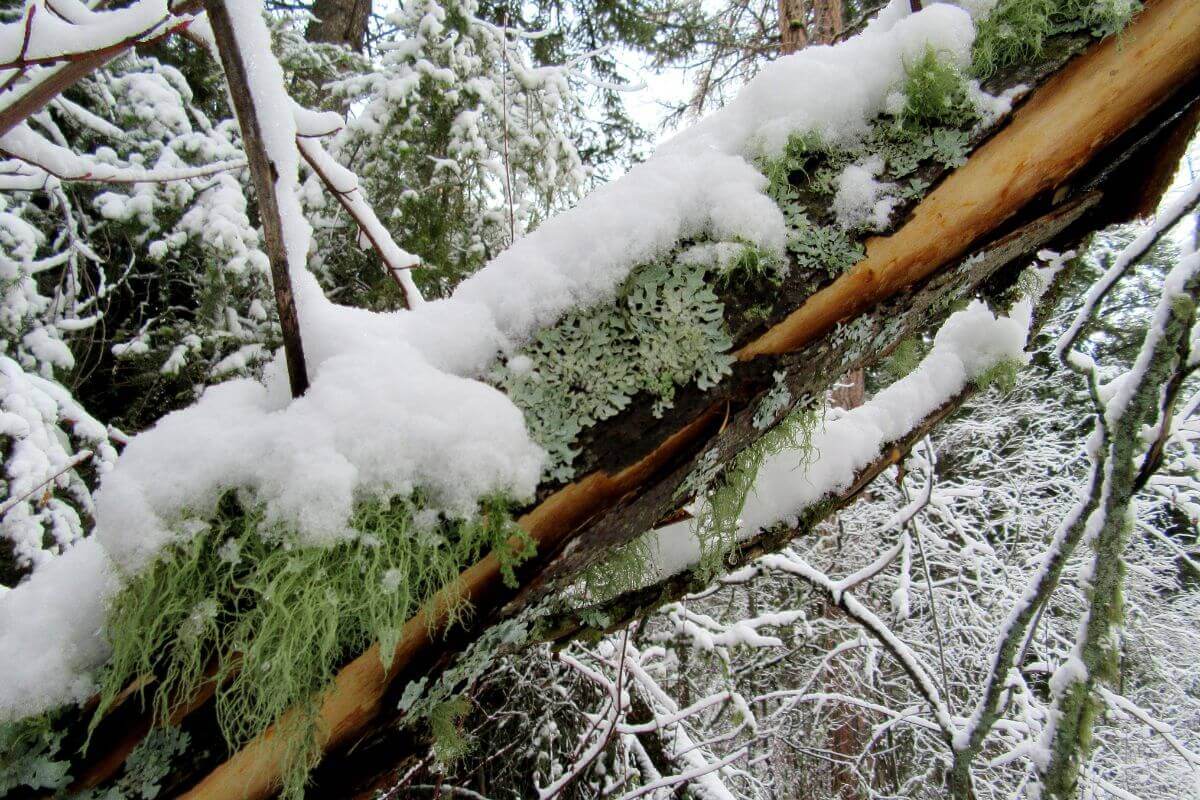
Montana is famous for its cold weather and significant snowfall, especially in places like Bozeman, Kalispell, Livingston, and Great Falls.
However, the wintery climate and heavy snow in this state aren’t always a downside. In fact, both residents and tourists have turned them into a source of fun.
Businesses throughout the state have noticed the special appeal of winter and have adapted by offering various snow-focused activities for people to enjoy.
Montana’s abundant snow is not just a mere aspect of its weather, but an integral part of its identity that sets the stage for exciting adventures and lasting memories.
Montana’s Snowiest Places FAQs
1. What Part of Montana Has the Most Snow?
When it comes to the snowiest place in Montana, Cooke City takes the win with an average snowfall of around 195 to over 200 inches per year.
This picturesque census-designated area embraces its winter wonderland reputation, providing the perfect destination for winter enthusiasts and those seeking a snowy escape.
2. Does Montana Get a Lot of Snow?
Yes, Montana gets a lot of snow with an annual average snowfall of 49 inches.
This is significantly higher than the national average of 28 inches of yearly snowfall in the U.S.
The amount of snowfall in Montana has a significant impact on winter activities and tourism in the state.
3. What Month Does It Snow the Most in Montana?
January is the coldest, snowiest, and iciest month of the year across the state of Montana.
The abundance of snow provides the perfect backdrop for a range of outdoor activities, making Montana a popular winter tourism destination.
4. What Is the Snowiest Place in the U.S.?
The snowiest place in the U.S. is Mount Baker, Washington.
With an astonishing annual snowfall total of 654 inches, this area takes the crown for the highest snowfall in the country.
5. What Is the Coldest Part of Montana?
Cooke City, located on the southern fringes of the Beartooth Mountain Range, is the coldest part of Montana.
It holds the state’s lowest year-round average temperature at 31.2°F (-0.5°C).
Discover all there is to know about Montana from these enriching reads that never fail to captivate and educate:
- Montana’s Most Unsafe Cities
- Montana’s Luxury Residences
- Montana’s Residents
- Exploring Montana’s Upsides and Downsides
- https://www.umt.edu/this-is-montana/columns/stories/montana-70below.php
- https://www.umt.edu/this-is-montana/columns/stories/montana-winters.php
- https://www.mdt.mt.gov/visionzero/people/winterdriving.aspx
- https://www.weather.gov/byz/precip_report_map?type=snow
- https://www.nps.gov/yell/planyourvisit/visiting-yellowstone-in-winter.htm
- https://www.nps.gov/romo/index.htm
- https://www.flickr.com/photos/apparentbliss/14162948736
- https://www.flickr.com/photos/westernareapower/16348771011
- https://commons.wikimedia.org/wiki/File:Anderson_House
- https://commons.wikimedia.org/wiki/File:Laurel_Downtown
- https://commons.wikimedia.org/wiki/File:Anaconda_City_Hall

